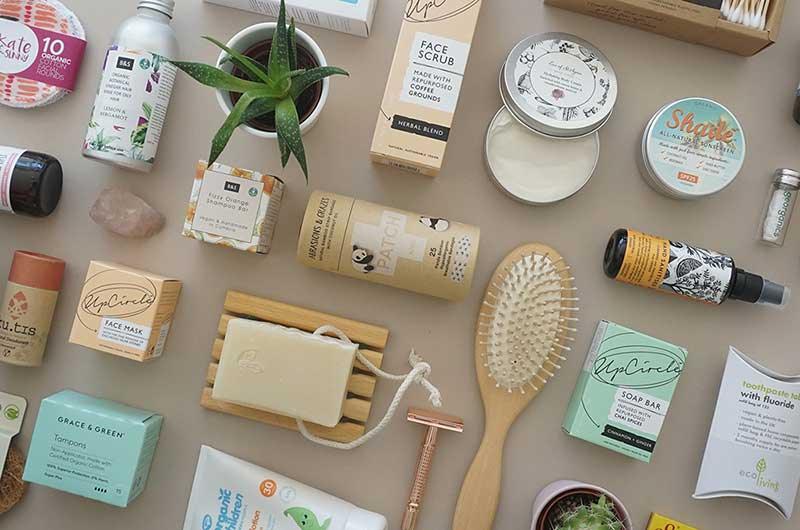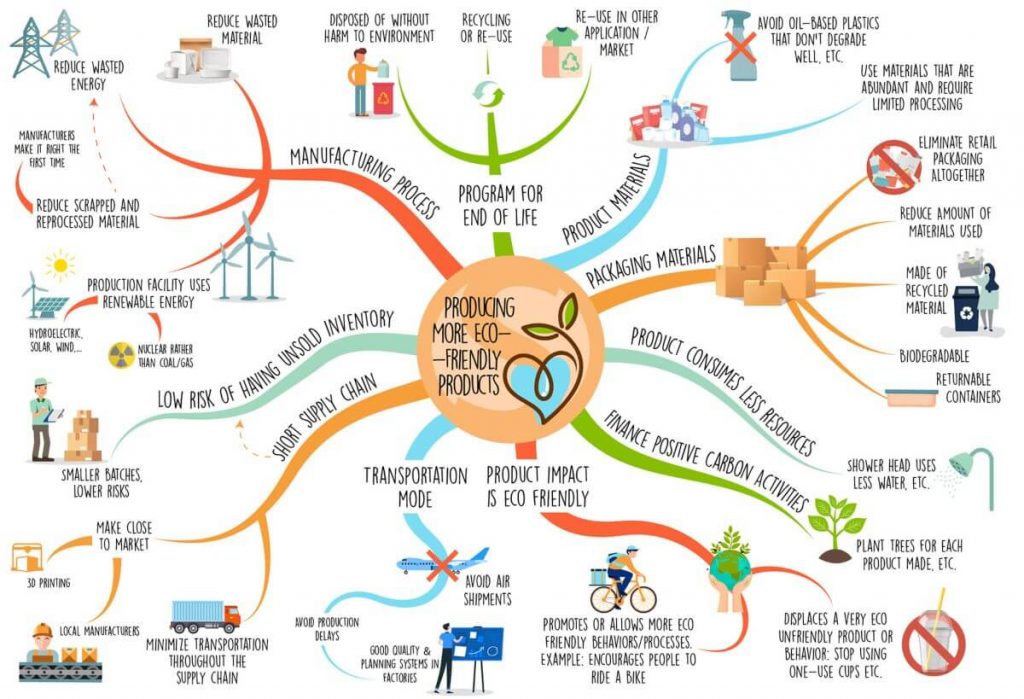
Welcome to our article on the 5 basic elements for creating an eco-friendly home.
In today's fast-paced world, it is crucial to prioritize sustainability and reduce our carbon footprint. This concise and informative guide will provide you with actionable steps to transform your home into an environmentally friendly haven.
From energy-efficient appliances to solar panels and green roofing, we will explore the essential components that will not only benefit the planet but also enhance your quality of life.
Get ready to embark on a journey towards a greener future.
Energy-Efficient Appliances
When aiming to create an eco-friendly home, it is essential to incorporate energy-efficient appliances for optimal energy conservation.
One of the first steps in this process is to conduct energy audits to identify areas where energy is being wasted. These audits provide valuable insights into the energy consumption patterns of a household, allowing homeowners to make informed decisions about which appliances need to be replaced or upgraded.
Energy-efficient appliances, such as smart thermostats, are designed to reduce energy usage while maintaining comfort levels. Smart thermostats, for example, can learn a homeowner's schedule and adjust temperature settings accordingly, resulting in significant energy savings.

Solar Panels
To further enhance energy efficiency and reduce reliance on traditional power sources, the incorporation of solar panels is an essential element in creating an eco-friendly home. Solar power benefits the environment by using a renewable energy source that produces zero emissions. By harnessing the power of the sun, solar panels can generate electricity for your home, reducing your carbon footprint and dependence on fossil fuels.
Solar panel installation involves mounting the panels on your roof or in your yard, ensuring they receive maximum sunlight exposure. The panels convert sunlight into electricity through photovoltaic cells, which can then be used to power your appliances and lighting. Additionally, any excess energy generated can be stored in batteries or fed back into the grid, further reducing your reliance on traditional power sources.
Insulation
The insulation of a home is a crucial component in creating an eco-friendly living space. By using sustainable materials and following passive design principles, homeowners can significantly reduce their energy consumption and carbon footprint.
Sustainable insulation materials, such as recycled cellulose or sheep's wool, provide excellent thermal resistance while minimizing the environmental impact. Passive design techniques, such as strategic placement of windows and shading devices, can optimize natural light and ventilation, reducing the need for artificial heating and cooling.
Additionally, proper insulation helps maintain a comfortable indoor temperature, reducing the reliance on energy-intensive HVAC systems. By investing in high-quality insulation and incorporating sustainable materials and passive design strategies, homeowners can create an energy-efficient and eco-friendly home that promotes environmental sustainability and freedom from high energy bills.
LED Lights
LED lights play a crucial role in creating an eco-friendly home by significantly reducing energy consumption and promoting environmental sustainability. By replacing traditional light fixtures with LED lights, homeowners can enjoy substantial energy savings.
LED lights are highly efficient, converting almost all the energy they consume into light, unlike traditional incandescent bulbs that waste a significant amount of energy as heat. This energy efficiency translates into lower electricity bills and reduced greenhouse gas emissions.
LED lights also have a longer lifespan, reducing the need for frequent replacements and further minimizing waste. Additionally, LED lights do not contain hazardous materials like mercury, making them safer for both the environment and human health.
Incorporating LED lights into your home is an actionable step towards creating a more eco-friendly and sustainable living space.
Green Roofing
Green roofing is an essential component of an eco-friendly home, providing numerous environmental benefits and contributing to sustainable living. Here are some of the benefits and types of green roofing:
- Benefits of green roofing:
- Improved air quality: Green roofs absorb pollutants and release oxygen, reducing air pollution.
- Energy efficiency: Green roofs act as natural insulation, reducing the need for heating and cooling, and therefore lowering energy consumption.
- Stormwater management: Green roofs absorb rainwater, reducing runoff and alleviating strain on drainage systems.
- Types of green roofing:
- Extensive green roofs: These are lightweight and require minimal maintenance, typically featuring low-growing plants like sedum.
- Intensive green roofs: These are more elaborate and can support a wider variety of plants, including trees and shrubs, creating a rooftop garden.
- Semi-intensive green roofs: These offer a middle ground between extensive and intensive roofs, allowing for a mix of vegetation types.
Frequently Asked Questions
How Much Money Can I Save by Using Energy-Efficient Appliances in My Home?
Using energy-efficient appliances in your home can lead to significant cost savings. These appliances are designed to consume less energy, resulting in lower utility bills. Additionally, they contribute to creating a more eco-friendly living environment.
Are There Any Tax Incentives or Rebates Available for Installing Solar Panels?
Tax incentives and rebates are available for installing solar panels, providing financial benefits and encouraging the adoption of renewable energy. These incentives vary by location, so it is important to research and consult local authorities for specific eligibility and requirements.
What Are the Different Types of Insulation Materials and Which One Is the Most Eco-Friendly?
Insulation materials play a crucial role in creating an eco-friendly home. There are various types available, including cellulose, sheep's wool, and recycled denim. Cellulose is considered the most eco-friendly due to its high recycled content and low embodied energy.
Can LED Lights Be Used in All Types of Fixtures and Lamps?
LED lights can be used in various types of fixtures and lamps, including outdoor fixtures. They offer several benefits, such as energy efficiency, longer lifespan, and reduced environmental impact compared to traditional lighting options.

Is It Possible to Install a Green Roof on an Existing Home or Is It Only Feasible for New Construction?
Green roof installation on existing homes is possible, although it presents unique challenges. Benefits include improved energy efficiency, reduced stormwater runoff, and enhanced aesthetics. However, structural considerations and maintenance requirements must be carefully assessed before proceeding with the installation.
 Business & FinanceHealth & MedicineTechnologyLifestyle & CultureScience & EnvironmentWorld NewsPrivacy PolicyTerms And Conditions
Business & FinanceHealth & MedicineTechnologyLifestyle & CultureScience & EnvironmentWorld NewsPrivacy PolicyTerms And Conditions
